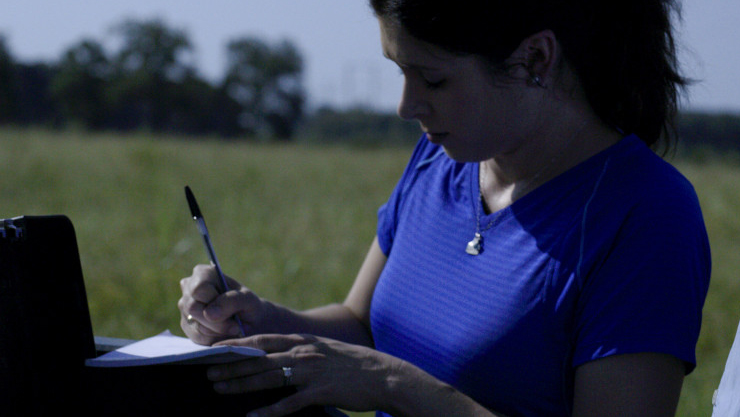Food Safety & Human Health
Foot-and-Mouth Disease (FMD) is not a threat to food safety or human health, according to the USDA, FDA, CDC and World Health Organization (WHO). Although cattle ranchers and dairy farmers work hard to prevent FMD, it would be safe to eat meat or drink milk from an animal with FMD. That’s because the disease cannot infect humans.
The disease only affects animals with cloven (or divided) hooves, so FMD does not present a food safety issue. As always, it’s important to employ USDA’s safe handling and cooking methods with all foods, like cooking meat products to the correct temperature and washing hands thoroughly after handling raw meat.
Pet Safety
FMD does not affect pets like dogs, cats and birds. FMD only affects animals with cloven (or divided) hooves like cattle, pigs, sheep, goats, and deer.


